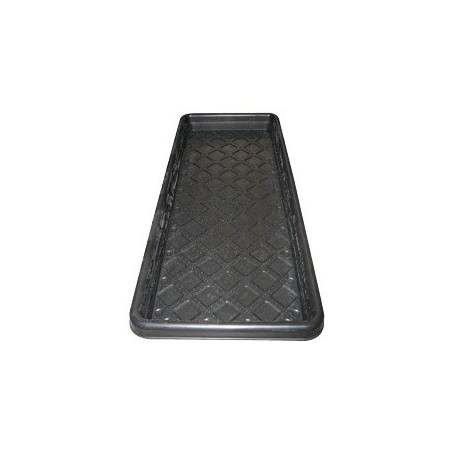The audacious structural increase of four or more percent of total annual production by the United States this year pushed firmly against the global status quo and demanded that it, and all nations whose future requires continuing growth through exports, rise to a more competitive global environment. Success in capturing the rising, income-driven global demand over time will require an ever-improving competitiveness which is not just about low cost at the production or processing level, though let’s be quick to reassure that it of course remains a critical attribute for dominance. Economic resilience to oversupply shocks, input shortages, the sudden appearance of export halting diseases like African Swine Fever, the sudden renegotiation of long-standing trade agreements and bellicose regional conflicts which realign trading partners etc. will be the underlying determinants of long-term success.
Let’s return once again to the role of the packer-processor segment as the linchpin for long-term economic resilience in a country’s quest for a profitable place in a growing global pork business. We begin there because what you see playing itself out is a kind of slow moving, epic battle among pork producing nations to carve out a long-term, profitable and growing net export position. This cannot be achieved only through high quality and efficient production as it requires that both the production and packer-processor segments take on the characteristics of a well-functioning joint enterprise. This can be achieved without integrated ownership (which doesn’t assure it anyway) but it is difficult because the old industry traditions and group think die slowly.

We refer to the packer/processor as the linchpin in the pork chain because it is only from this vantage point that the full spectrum of information looking both back-chain to live animal/carcass production and up-chain toward final demanders can be captured and known. As it is discovered, it is here at the linchpin that this information can be either exploited or passed upon. As a producer, aligning with a packer-processor that is exhibiting the characteristics of a long-term successful and resilient player with access to the global market (either directly or indirectly) is critical for success regardless of how efficient the producer has become.
What are some of the different ways the producer/packer-processor interface either promote long-term economic resilience or assure it will never happen? The first and most important characteristic of a packer-processor is whether they are committed to transparently sharing information back to producers acquired at harvest. This includes critical individual carcass weight measurements and quality characteristic information. In addition, is there a willingness to assist the producer in developing information about their pigs which can be used to make more precise, long-term investments in technologies, genetics and carcass attributes likely to produce a premium product to the domestic and global marketplace? This is a characteristic usually only seen in coordinated chains where producers have an ownership interest in the packer-processor. In the most backward chains, most information is withheld because it is believed the producer will use it against the packer competitively.
In terms of the pricing signal from the packer-processor, simply exposing a buying scheme of differential prices to the producer based on differing weights and quality measures, is a necessary but insufficient condition for long-term success of both parties. Frequently, such matrix-type buying schedules are built from the annual or quarterly distribution of all pigs received and is designed to pressure the entire group in a direction of increased value for the packer. A major producer within that group may not share the same average characteristics (think average weight of harvested animals and variation in carcass weights sold) of the entire group and therefore is receiving diluted feedback on both value of their production and profit rewards for improvement. Additionally, some matrix schemes include incentives/discounts for the producer which ultimately just reduce packer cost rather than output value. A cost which could have been handled through better management or reinvestment in processing technology.
Some firms simply refuse to share harvest information with producers except in aggregate (total weight and average price/unit), others provide it in non-electronic formats that are cumbersome to work with or use. Others may provide it at intervals which are not timely for competitive adjustment.
Lastly, there are packer-processors which are structurally separated from the source of pigs, such as systems around the world which use intermediaries or broker-buyers who acquire pigs from sellers and send them to harvest markets of their choice. These types of market channels block almost all useful information from producers. Brokers who stand between the purchase, block critical information from both sides and limit future competitiveness of both the producer and the packer. Market systems like this performed a critical and necessary assembly function in the past, but they are systems which only work now in small-scale, localized and under-developed chains.
Regional chains must develop economic resilience to earn a place in the future global pork industry. The packer-processor is the linchpin to success. The days of “hide-the-ball” to maintain an advantage are over. The economic advantage of sharing information across the producer-packer interface is being increasingly captured by coordinated chains who are not in the quicksand of conventional wisdom. Move in that direction or face an increasingly difficult future.






